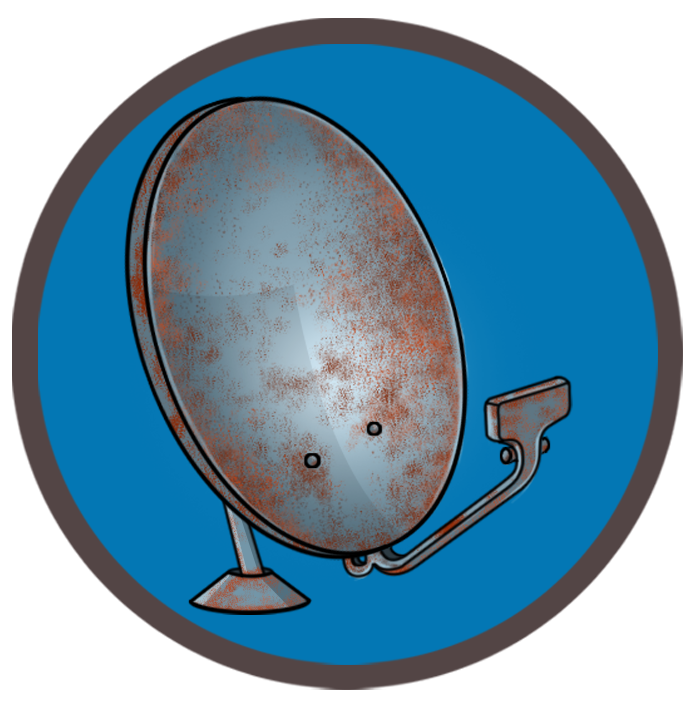What areas does Satellite Dish Removal Guy cover?
We cover the following Southern California Counties:
- Orange County, California
- San Diego County, California
- Los Angeles County, California
- Riverside County, California
- San Bernardino County, California
- Ventura County, California
